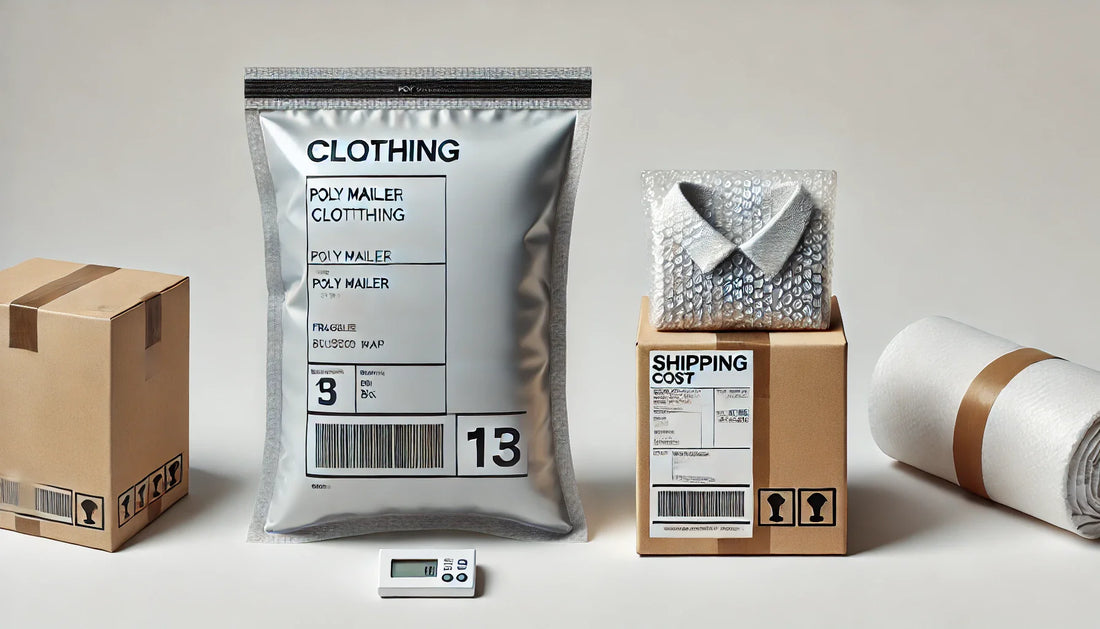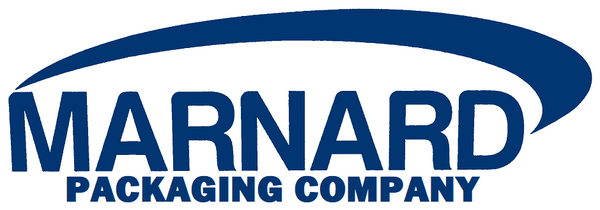
Is it cheaper to ship boxes or poly mailers?
Share
In most cases, poly mailers are cheaper to ship than boxes due to their lightweight construction and compact size. However, the best choice depends on the type of items being shipped, the shipping carrier, and the specific needs of your business. Below is a detailed comparison of shipping costs, benefits, and limitations for both poly mailers and boxes.
Why Poly Mailers Are Cheaper to Ship
-
Weight
- Shipping costs are heavily influenced by package weight.
- Poly mailers, made from lightweight plastic, weigh significantly less than cardboard boxes, reducing overall shipping expenses.
-
Dimensional Weight
- Shipping carriers calculate costs based on dimensional weight (DIM), which considers the size of the package.
- Poly mailers are smaller and more compact, reducing dimensional weight charges compared to bulkier boxes.
-
Material Costs
- Poly mailers are made of thin plastic that is cheaper to manufacture than cardboard, making them a cost-effective option for packaging materials.
Other Advantages of Poly Mailers
-
Weather Protection
- Poly mailers are naturally resistant to water, snow, and dirt, keeping items safe from weather-related damage.
-
Customization Options
- They can be easily branded with logos or designs, offering an affordable way to enhance your company’s branding and stand out to customers.
-
Efficiency
- Poly mailers take up less space during shipping and storage, making them a practical choice for businesses with limited warehouse capacity.
Limitations of Poly Mailers
-
Eco-Friendliness
- Poly mailers are made of plastic, which is less environmentally friendly than recyclable cardboard.
- While some eco-friendly poly mailers are available, they are often more expensive than standard ones.
-
Durability
- Poly mailers are not suitable for shipping fragile, sharp, or bulky items.
- They lack the structural support of cardboard boxes and are better suited for soft or non-breakable items like clothing, accessories, or documents.
-
Capacity
- Poly mailers are limited in size and cannot accommodate multiple items or irregularly shaped goods without risking damage.
When to Use Boxes Instead
-
Shipping Fragile Items
- Boxes provide superior protection for breakable items like glass, ceramics, or electronics. They allow for cushioning materials such as bubble wrap or packing peanuts.
-
Heavy or Bulky Items
- Cardboard boxes are ideal for shipping larger or heavier items, as they are more durable and can handle greater weight.
-
Multiple Items
- For shipments involving multiple products or items of varying shapes, boxes offer better organization and protection.
Cost Considerations: Poly Mailers vs. Boxes
| Feature | Poly Mailers | Boxes |
|---|---|---|
| Cost to Ship | Cheaper due to lighter weight and smaller size. | Higher due to weight and dimensional size. |
| Material Cost | Low-cost plastic, easy to manufacture. | Higher-cost cardboard. |
| Durability | Limited; suitable for soft, non-fragile items. | High; ideal for fragile or heavy items. |
| Eco-Friendliness | Less eco-friendly; difficult to recycle. | Recyclable and biodegradable. |
| Storage Efficiency | Compact; takes up less space. | Bulky; requires more storage space. |
Key Takeaways
-
Choose Poly Mailers If:
- You’re shipping lightweight, non-fragile items like clothing, documents, or accessories.
- Keeping shipping and material costs low is your priority.
-
Choose Boxes If:
- You’re shipping fragile, bulky, or multiple items that require extra protection.
- You want a more eco-friendly option and don’t mind slightly higher costs.
By considering your product type, shipping costs, and customer needs, you can choose the most cost-effective and efficient packaging option for your business.
